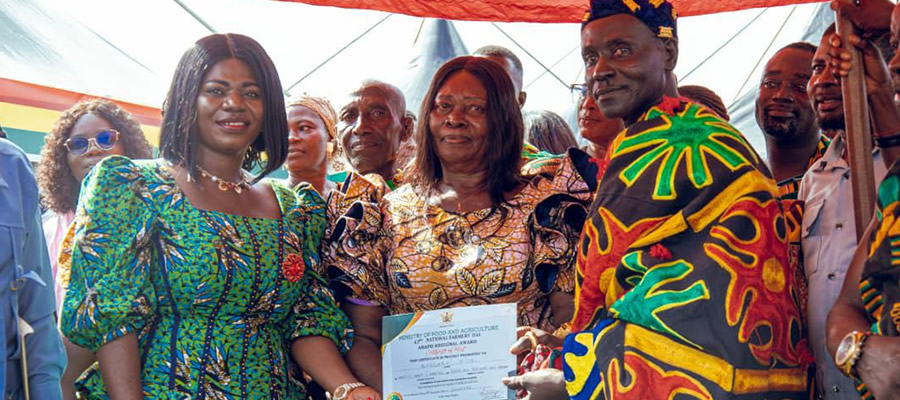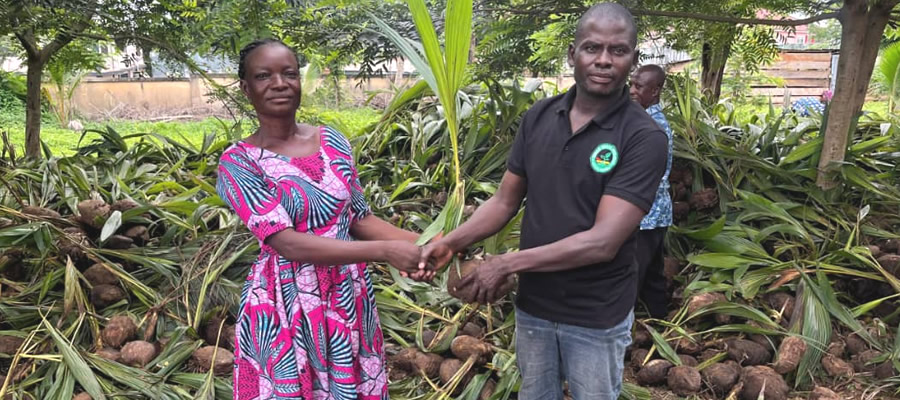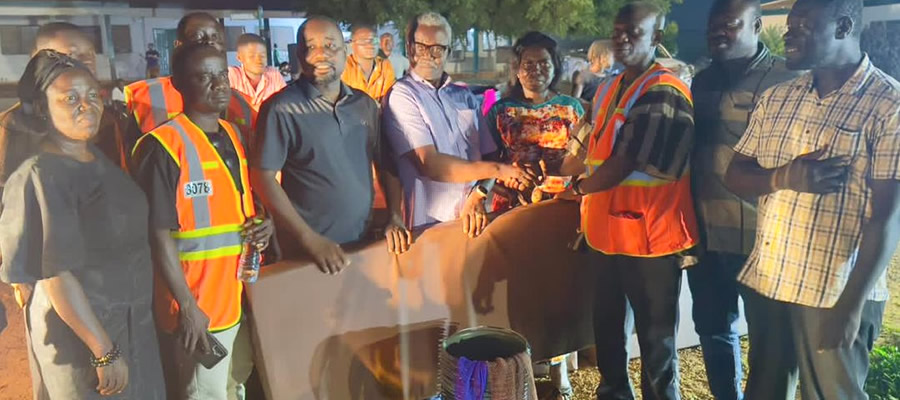

Introduction
The overall level of development and demographic structure of the country conceals differences between and within regions, districts, urban and rural localities. As such, there are bound to be differences in the population and development needs and priorities between and within regions, districts, urban and rural localities.
The Government of Ghana has operated the decentralized system of development since 1988 with the District Assembly, as the planning authority. The District Assembly is expected to initiate and coordinate the processes of planning, programming, budgeting and implementation of District plans, programmes and projects. The District Assemblies and the various organs are expected to carry out medium and long term planning including integration of population policies and issues, as they pertain to the needs of particular districts and communities. This chapter provides a brief description of the district profile in terms of the physical features, political and administrative structure, cultural and social structure and the district economy. It also discusses the organization of the report as well as concepts and definitions used in the report.
Climate and Vegetation
The district lies within the west semi-equatorial climatic zone characterized by double rainfall maxima occurring in June and October. The first and the major rainy season occur between April and July whilst the second and the minor rainy season start from September to October. Mean monthly temperature is fairly uniform ranging between 25.5oC and 30oC. Relative humidity is generally high throughout the year, ranging between (70-75%) in the dry season and (75 – 80%) in the wet season. In terms of vegetation, the district lies within the moist semi-deciduous forest region of Ghana where different tree species of economic value such as Onyina/Ceiba, Dahoma, Sapele are found.
Date Created : 11/14/2017 3:08:46 AM











 facebook
facebook
 twitter
twitter
 Youtube
Youtube
 +233 593 831 280
+233 593 831 280 0800 430 430
0800 430 430 GPS: GE-231-4383
GPS: GE-231-4383 info@ghanadistricts.com
info@ghanadistricts.com Box GP1044, Accra, Ghana
Box GP1044, Accra, Ghana